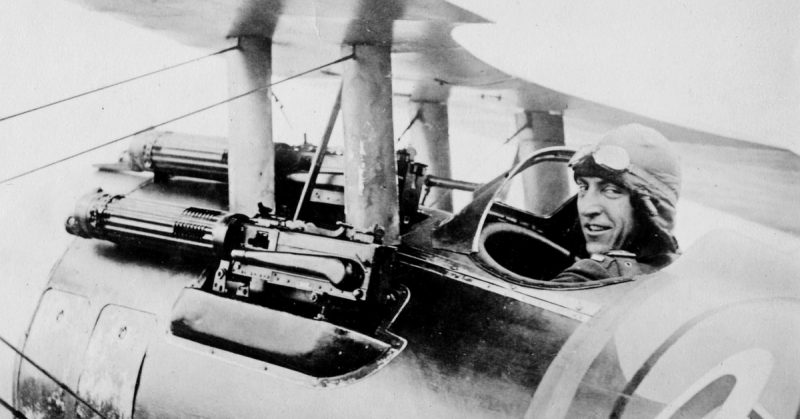WWI was not the first time that planes fought against each other. It happened a year earlier, during the Mexican civil war. WWI, however, saw the creation of fighter aircraft and the first large-scale aerial combat. The war in the air developed at an astonishing rate.
Here are some facts about the fighter planes of that war.
Friendly Fire
When aircraft of Britain’s Royal Navy Air Service first arrived in France in 1914, they were shot at by their own troops. Union Jacks were hastily painted on the wings to avoid the mistake happening again.
Finding the Guns Too Heavy
At first, the crews of planes used pistols and rifles to fight each other. Attempts to use machine guns inevitably followed, but they were too heavy for the light planes in use at the very start of the war. On August 22, 1914, a British plane took off carrying a Lewis Gun; it took half an hour just to reach 1000 feet due to the gun’s weight.
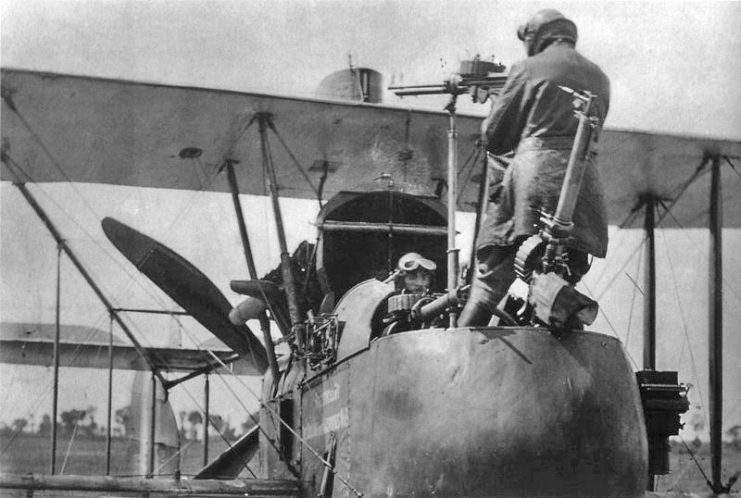
First Dogfights
The first dogfights between aircraft occurred in mid-1915. “Fighting scout” planes had begun to accompany artillery spotter and reconnaissance aircraft. As the fighters of each side tried to attack the planes defended by the other, combat between fighters began.
Fabric Skin
Most fighter planes of WWI were enclosed in a compact layer of material. It offered no protection against enemy attacks, but it streamlined the aircraft, allowing better speeds and maneuverability. It was also light enough for the engines of the time to carry them aloft.
Multiple Wings
During most of the war, biplanes were used. Two sets of wings gave them more lift and stability than a single pair did. The British government banned the Royal Flying Corps from using monoplanes, as pre-war experiments seemed to indicate they were unstable and unsafe to use.
The success of biplanes led to experiments with three-winged triplanes. The Fokker Dr.I and Sopwith Triplane were both successes. The Fokker triplane, which achieved excellent maneuverability and rate of climb at the cost of reduced speed, was the favorite plane of Manfred von Richthofen, the famous Red Baron. When a fault led to the withdrawal of most of those planes, Anthony Fokker presented Richthofen with a stronger model so he could keep flying it.
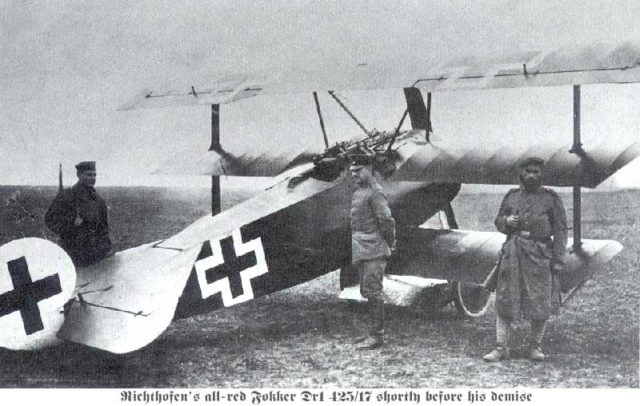
Rotary Engines
Most combat planes used rotary engines, which had reached their peak by the end of the war. They were small and light but lost power at high altitudes. It was clear that inline piston engines and air-cooled radials were the way forward.
Light Construction
The aircraft of the era were built from less substantial materials than modern planes. There were more woodworking tools than metalworking ones in the factories producing early aircraft.
Jump in Production
The importance of aircraft led to a huge increase in production. At the start of the war, the German armed forces had a few hundred planes. They produced 1,350 more in 1914 and kept increasing their output, reaching 19,750 by 1917.
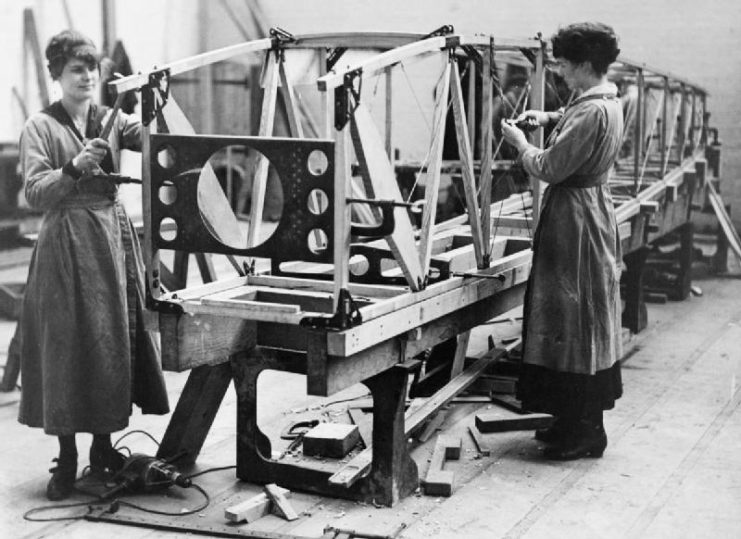
The Problem of Propellers and Guns
To make fighter planes more effective, they needed forward firing guns lined up with the pilot’s view, to enable them to aim easily while flying. It created a problem. The closer it was to his line of sight, the more likely the gun was to shoot off the plane’s own propeller.
The French made the first attempt to solve it. The propeller was reinforced with steel wedges to deflect bullets, but they could still do harm to the propeller, and the ones that bounced off might hit the pilot.
In 1915, Dutch engineer Anthony Fokker provided the solution for the Germans. His interrupter gear interacted with the gun’s mechanism, stopping it from firing when a propeller was in front of the barrel. It could still fire in the split seconds in between. In July 1915, the Fokker EI plane entered the war, and German planes became proper war machines. Their opponents soon developed equivalents, based in part on Fokker’s work.
Rifle-Caliber Bullets
With planes made out of canvas and wood, the guns did not need to pack a huge punch. They usually fired rifle caliber bullets.
Few Instruments
The first fighter planes included very few instruments to advise the pilot. An airspeed indicator, fuel gauge, oil gauge, and altimeter were usually all there was.
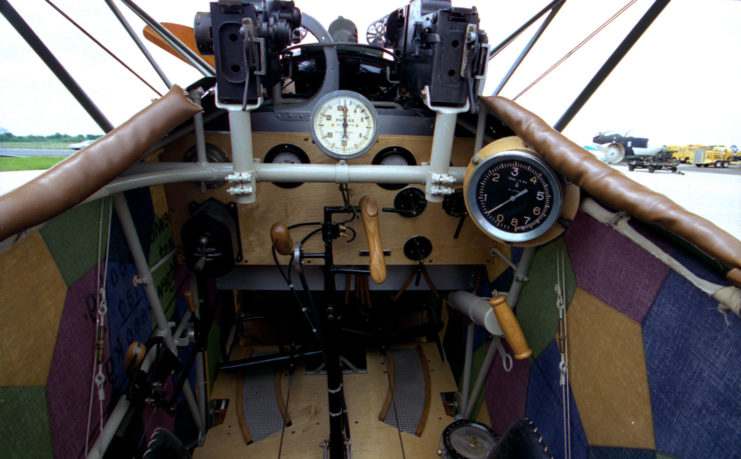
Radio Experiments
Communication between planes, each other, and the ground was limited. Tests were carried out with radios, but the technology of the time meant they were bulky and impractical to use. They could only communicate in Morse code and had to trail 300-foot aerials behind them. It was clearly never going to work for fighter planes. Waggling of aircraft wings and pre-arranged signals took the place of spoken communication.
No Parachutes
The first parachute jump from an airplane had occurred in 1912. From the start of the war, the crews of observation balloons wore the life-saving devices. Early parachutes had the same problem as the radios – they were heavy and bulky. They were inappropriate for the light fighter aircraft of the period, which needed to be fast and maneuverable to survive.
The British military worried that parachutes would endanger their cause. They thought that by having an escape mechanism, the fighting spirit of their men would be undermined.
Famous Flyers
The most successful pilots, known as aces, became celebrities. Among them were two racing drivers – the American Edward Rickenbacker and the Frenchman Charles Nungesser. The most famous ace was the German Manfred von Richthofen, known as the Red Baron for his brightly painted plane.
Sources:
Charles Rivers Editors (2014), The Red Baron: The Life and Legacy of Manfred Von Richthofen
Francis Crosby (2010), The Complete Guide to Fighters & Bombers of the World
